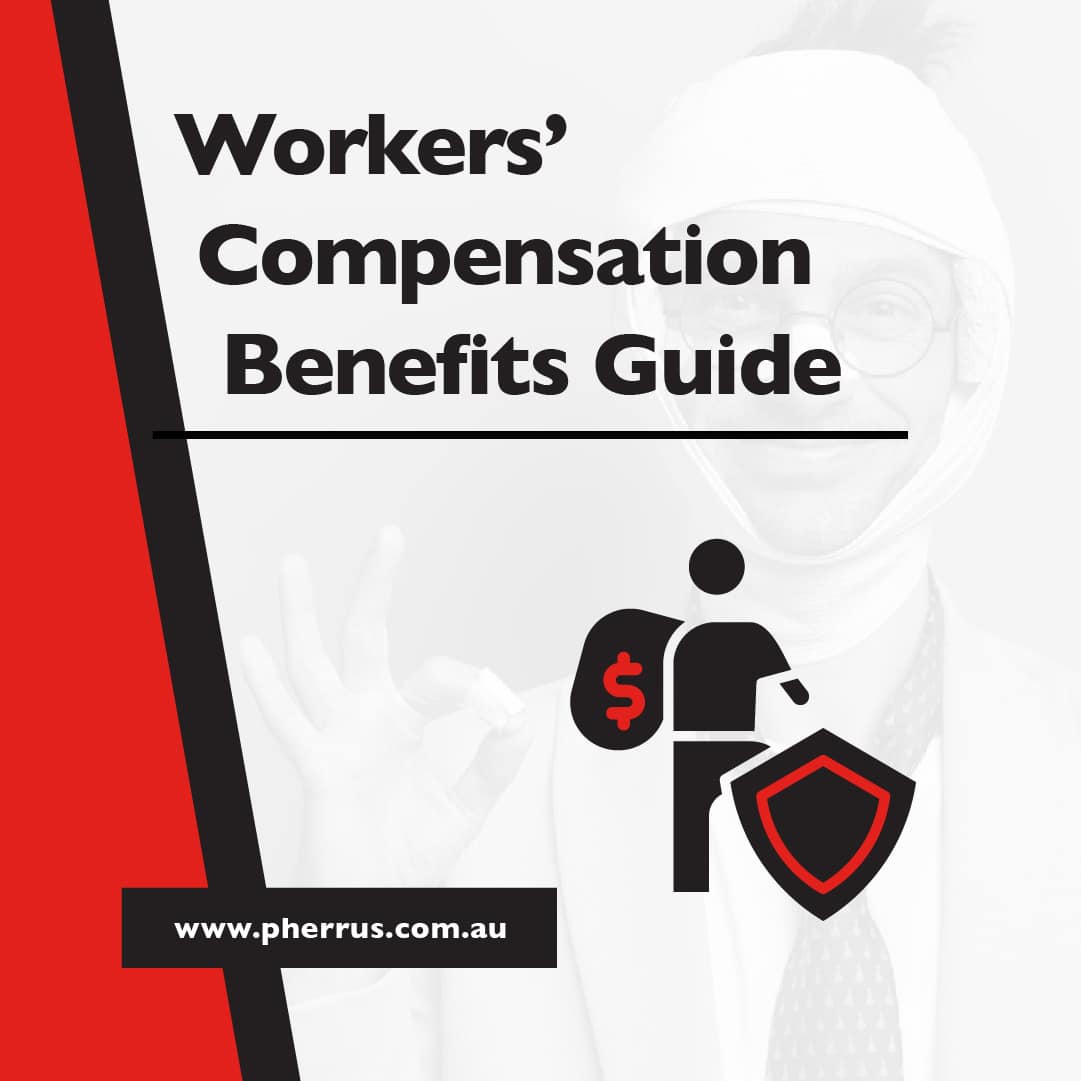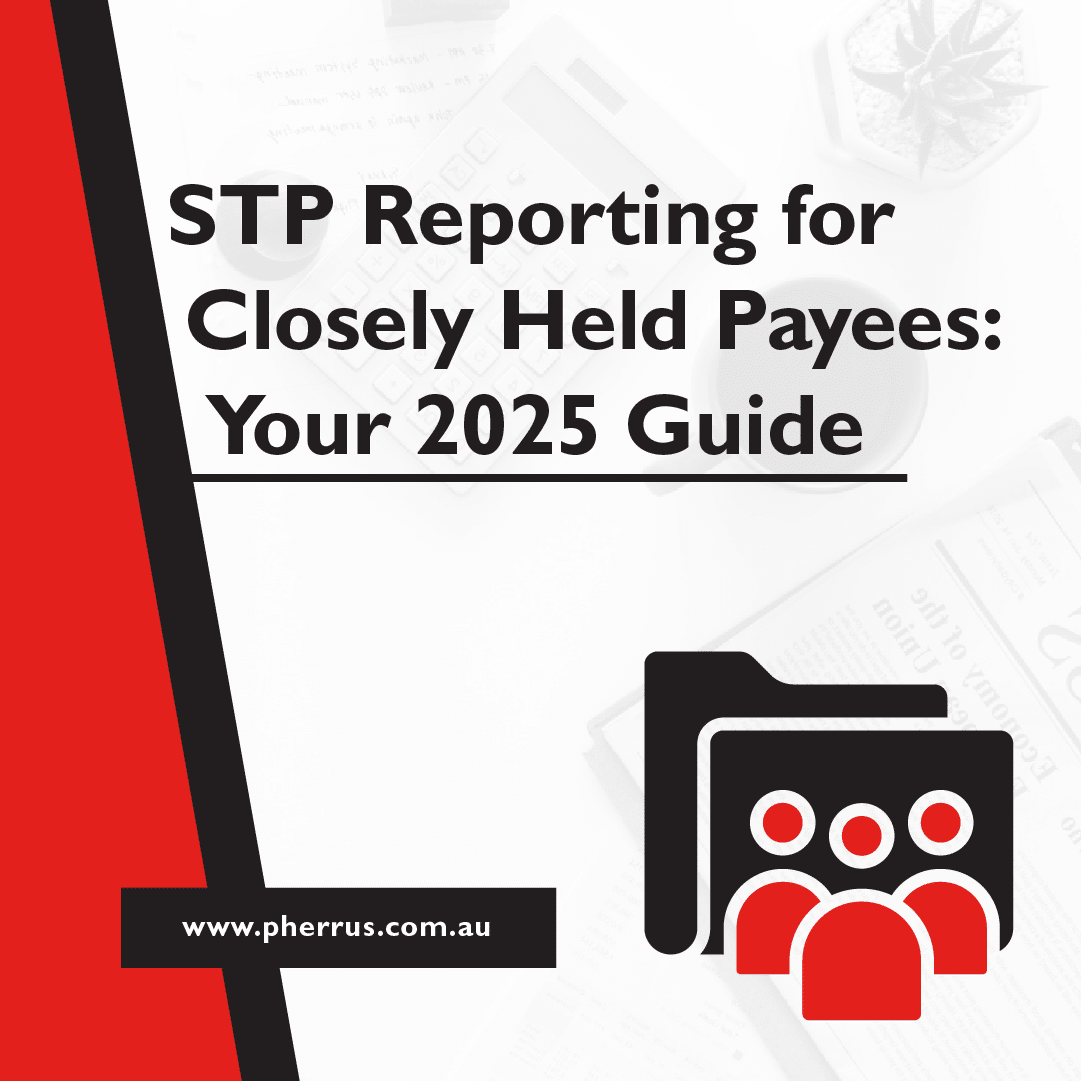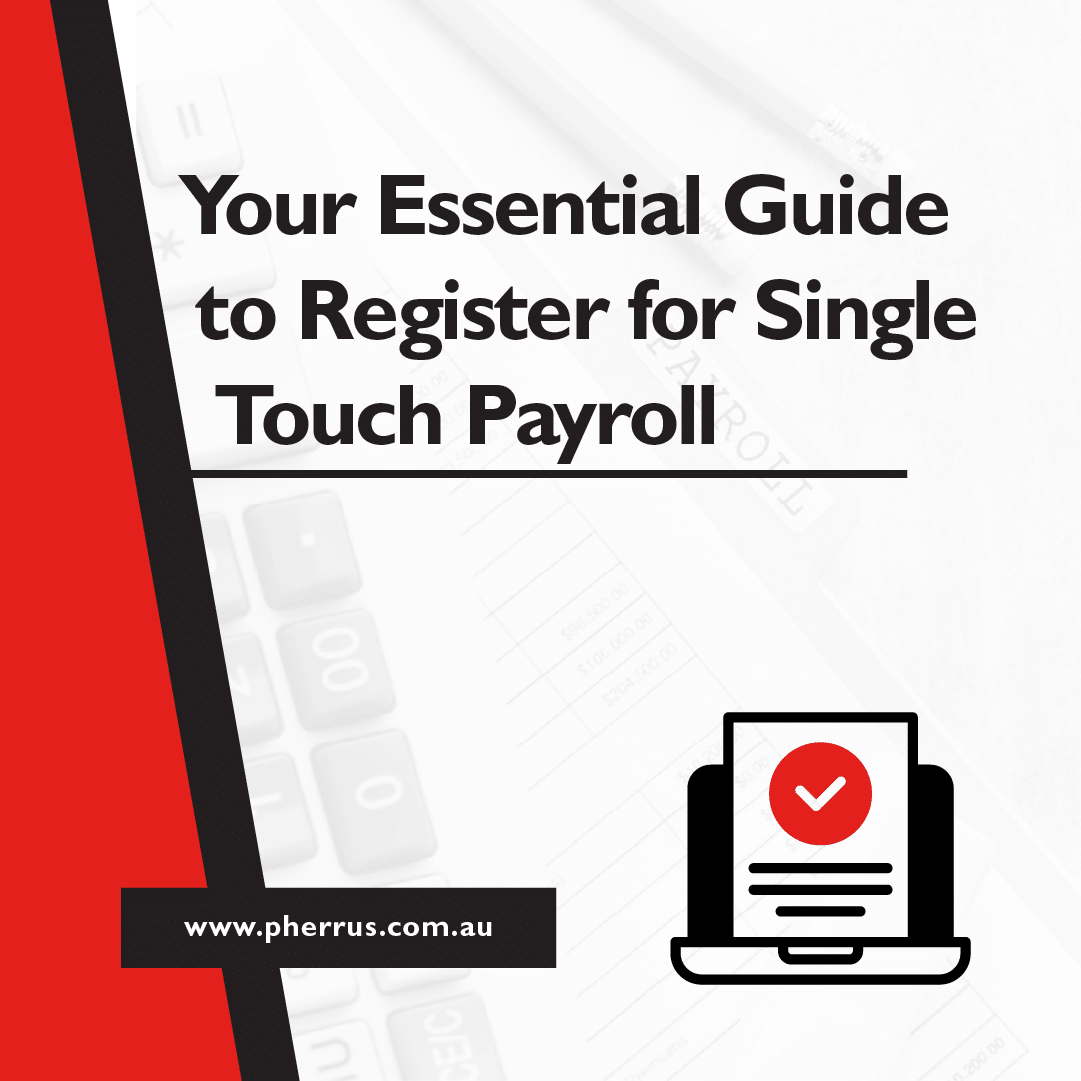Whether you’re an employee or employer in New South Wales, you must understand the safety net that workers’ compensation provides.
It isn’t just about legal compliance; it’s about peace of mind and protection for everyone in the workplace.
In this workers’ compensation benefits guide, we’ll explore this system to understand how it works and what it means for you– whether you’re clocking in each day or managing a team.

What Is Workers’ Compensation?
Workers’ compensation is a mandatory insurance program that offers financial protection and support to employees who suffer from work-related injuries or illnesses.
As an employee, this system ensures you’re not left with a financial burden due to being injured or falling ill because of your job.
It covers medical expenses, lost wages, and rehabilitation costs.
For employers, it’s not just an obligation but a way to show you care for your workforce.
This insurance means your employees will be supported if the unexpected happens, and it also acts as a reminder of your obligation to maintain a safe work environment.

Types of Compensation Benefits in NSW
Depending on the individual claim and the type, nature, and severity of the work-related injury, a worker may be eligible for the following compensation benefits.

Weekly Payments
Weekly workers’ compensation payments support workers who cannot work entirely or partially due to a work-related injury or illness.
These payments help to cover lost earnings and support the worker’s recovery and gradual return to work.
How This Benefit Works
- Injury or illness report: The employee must report their injury or illness to their employer immediately.
- Medical attention: They should get medical treatment and obtain a certificate from their doctor to officially document the injury and its impact on their ability to work.
- Claim submission: The employee needs to lodge a workers’ compensation claim with their employer, including the medical certificate and details about the injury or illness.
- Claim processing: The employer, through their workers’ compensation insurer, will assess the claim, considering the medical evidence and other relevant information.
- Payments: Weekly payments will start if the claim is accepted. These payments will replace the employee’s regular income until they can return to work or for the duration specified in the medical certificate. The insurer calculates the weekly payment amount based on the worker’s pre-injury average weekly earnings and current work capacity. The percentage of earnings covered may change over time, depending on the duration of the claim and the worker’s recovery progress. The cap on the maximum weekly compensation amount is adjusted in April and October each year. The maximum amount from 1 October 2023 to 31 March 2024 is $2,423.60.
- Certificate of capacity updates: A certificate of capacity is a document issued by the injured worker’s medical practitioner that outlines their medical condition and capacity for work. This must be regularly updated and submitted to the employer or their workers’ compensation insurer, as any changes can affect the amount and duration of weekly payments.
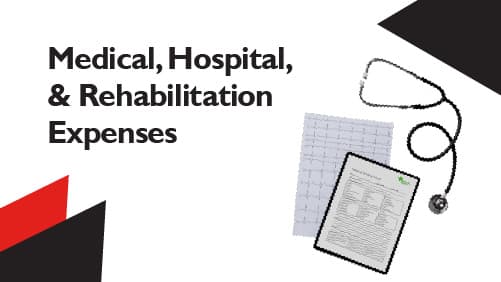
Medical, Hospital, and Rehabilitation Expenses
This benefit covers medical expenses incurred from a work-related injury or illness, including general medical treatments, hospitalisation, medications, rehabilitation services, and other relevant expenses.
How This Benefit Works
To claim medical expenses, the injured worker must first receive treatment and then submit claims for reimbursement through their insurer.
This process typically involves acquiring documentation from a medical professional stating that all treatments and services claimed are necessary.
Then, the employee must submit all relevant medical bills and receipts.
Additionally, they must obtain pre-approval from the insurer for certain treatments or services required, such as
- Specialist consultations
- Surgery
- Physiotherapy sessions
- Psychological counselling
- Chiropractic treatments
- Occupational therapy
- Expensive diagnostic tests (e.g., MRI, CT scans)
- Prosthetics or orthotics
- Home modifications
- Long-term rehabilitation programs
Again, a regularly updated certificate of capacity outlining ongoing treatment from the medical practitioner is required.
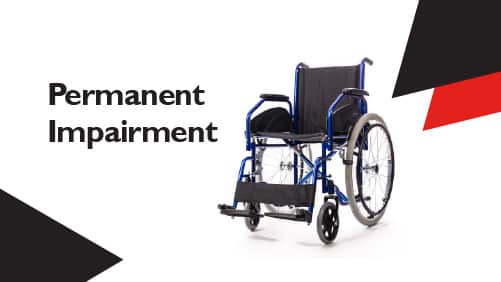
Permanent Impairment
If a worker sustains a permanent impairment from a work-related injury that impacts their ability to work or perform daily activities, they may be eligible for a lump sum compensation.
Eligibility is for those whose condition is stable and unlikely to improve significantly over time.
How This Benefit Works
- Medical assessment and report: Once the injured worker’s condition is stable, a medical specialist will evaluate the degree of impairment. They’ll then need to provide a report detailing the level of permanent impairment, using guidelines set by the workers’ compensation authority.
- Claim submission: With this report, the employee submits a claim for permanent impairment compensation to their employer or the workers’ compensation insurer.
- Claim processing: The insurer reviews the claim and the medical report to determine eligibility and the extent of the permanent impairment.
- Payment: If the claim is approved, benefits are usually dispensed as a lump sum payment determined by the severity of the impairment. For NSW, as of October 2023, the maximum permanent impairment lump sum is $713,660.4
- Disputes resolution: In some cases, disputes regarding the impairment rating may arise, requiring resolution through mediation or legal proceedings.

Death Benefits and Funeral Expenses
This benefit provides financial support to the dependents of a worker who dies due to a work-related injury or illness, as well as covering their funeral and burial expenses.
How This Benefit Works
- Notification: The employee’s family or legal representative must notify the employer of the worker’s death.
- Claim submission: The employee’s dependents must lodge a death benefit claim with the employer’s workers’ compensation insurer. This claim should include a death certificate and proof of relationship to the deceased (such as marriage or birth certificates).
- Claim processing: The insurer will assess the claim, verifying the cause of death and the relationship of the claimants to the deceased.
- Death benefits payments: If approved, these benefits are calculated based on a set formula that includes a lump sum payment and, in some cases, ongoing payments to dependents. Dependents can be eligible for ongoing payments if they are financially reliant on the deceased worker, such as a spouse or minor children, or cannot support themselves due to age, disability, or other specific circumstances.
- Funeral and burial expense payments: The insurer will also provide a separate amount to cover reasonable funeral expenses, generally paid upon submission of the funeral invoice.

Start Your Recovery Journey Today With Pherrus
The road to recovery after a workplace injury or illness can be difficult enough without adding the financial burden of not being able to work.
This is where workers’ compensation comes in.
This insurance system can be complex, but thankfully, you don’t have to navigate it alone.
If you’ve been injured at work, the team at Pherrus can assist you in understanding your rights, accurately filing your claim, and helping you get the most out of your compensation benefits.
If you’re an employer, we can offer you invaluable assistance in managing claims efficiently, reducing the risk of complications, and ensuring compliance with legal obligations.
Partnering with Pherrus means gaining a trusted ally who will simplify this complex process.
We offer clear, straightforward advice and handle the intricacies of claims management so you can focus on recovery or running your business.
Contact Pherrus today to experience the confidence that comes with expert support.
Fill out our online form or call +61 (02) 9099 9109 to book an appointment at our Bella Vista office in Sydney, NSW.


